lol, no, they're not. The only time B&W end up in studios is for marketing stunts. Most studios will be using active monitors from JBL, Genelec, etc.
Their FR is bad, their off axis is bad, dynamics, time alignment, etc. none good.
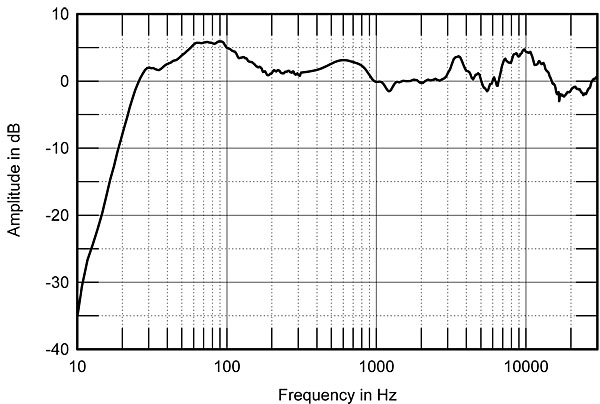
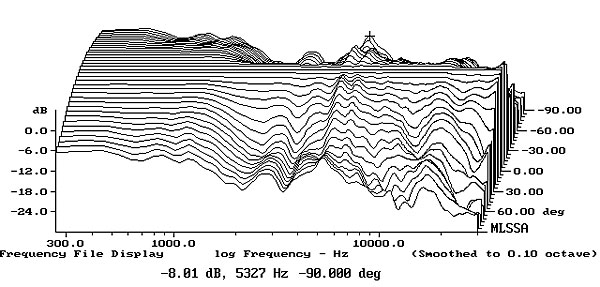
Follow along with the video below to see how to install our site as a web app on your home screen.
Note: This feature may not be available in some browsers.


Class D for everything. Years ago they really brought the THD down Class D amps, the price (watt to dollar ratio up!) and efficiency make them a go-to buy for me.Delta Sigma or R2R/Multibit Dac?
Class A Amp or Class A/B Amp or Class D Amp? (yes there are others)
What do you all prefer out of these categories?
It sounds great and might explore the option but my SH50s are not "Stock" and I have 3 of them (LCR) since they are mostly used for Home Cinema (they are really powerful MOFs). They are actually custom made (wood) and have undergone some fine tuning. They can also be further improved by using active crossovers and this is straight from Tom Danley that can also provide assistance if needed. Now a Metric Halo could be certainly of assistance here.
Yet, I have made custom stands for them that cost quite a lot so I don't intend to sell them. I really like them to be honest.
Here are the stands (Custom designed, 75KG each, spring loaded to assist telescopic height adjustments, tilt, rotation and hidden steel ball wheels). IMHO the stands are crucial for how those Danley's sound and since their main application is not intended to be the Home Environment they are mostly omitted from the chain.
View attachment 106165 View attachment 106166 View attachment 106167
Anyway, regarding detail I don't see them lacking compared to my B&W 800Ds but that is a totally different speaker. They extend to 18KHz that is more than enough (who can hear above that after the age of 5?) and I do find the resolving not to mention how dynamic they are. Anyway, a lot depends on the room too.
Regarding your JBL suggestion I would love to play with that option and I certainly love JBL speakers, but it won't happen soon since I am really at a time deficit most of the time. Ideally a used pair of KS???? at about $15K in the future should be feasible (there are used Everests for $25-30K) but I am not even thinking about it now since kids have lots of needs and the economy in my country (Greece) needs some serious fixing before I even thing of doing such things. LOL - First world problems those are......
lol, no, they're not. The only time B&W end up in studios is for marketing stunts. Most studios will be using active monitors from JBL, Genelec, etc.
Their FR is bad, their off axis is bad, dynamics, time alignment, etc. none good.
View attachment 106189
View attachment 106190
Class D for everything. Years ago they really brought the THD down Class D amps, the price (watt to dollar ratio up!) and efficiency make them a go-to buy for me.
I don't get too caught up the DAC used as long as the item I'm using doesn't introduce noise into the chain. My next set of purchases will be some Motu's for a fully active LCR.
As for studio speakers, many music studio's have multiple pairs. I know a lot of studio keep a pair of Alesis Montior One's, at least the classic version. Not that they're a particularly good speaker, but they were found so often people used them as a reference point.
lol, no, they're not. The only time B&W end up in studios is for marketing stunts. Most studios will be using active monitors from JBL, Genelec, etc.
Their FR is bad, their off axis is bad, dynamics, time alignment, etc. none good.
View attachment 106189
View attachment 106190
No actually they are still in over 90% of classical studios.
That said just about ALL drivers that get higher in frequency have dispersion issues. Some more than others.
The graph you site is 90 degrees off a is which is unreasonable in any setup unless you are using a very carefully set up bipolar. And then they would have dips and peaks.
For any further response graph anything below 3dB you can't perceive. However the thd is very respectable and the break up frequency of the tweeter is higher than jbl actives.
And saying any brand is better than another is a bit of high nose snobberly. You NEVER get to say your speaker setup is better than another. It's always a personal pref based on your music choice room setup and how you like your music presented. Smooth versus forward. Punchy versus delicate. It's a lot like art. Not everyone's taste match.

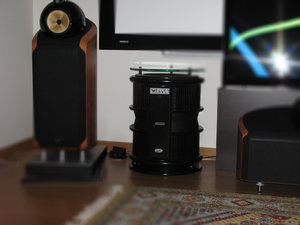
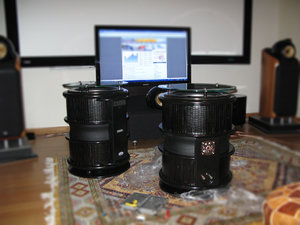
Listening will always be colored by perception, unless one's "golden ears" are regularly calibrated (and to which standard?), my ears/brain will interpret sounds differently than your's. Measurements can provide a baseline to start your search, as long as you relate measurements to your listening pleasure. That will take a lot of listening, and access to lots of equipment.
The reason I sold them was because I was indulged into Movie Sound and ended up blowing the tweeters twice ($1,000 each). Hence they were not suitable form may use case and I placed them in a much bigger room than they were meant for (140 square meters 4.5 meters high - HUGE volume).
Now the Danley's not only play louder (peak dynamics) they are also in a much smaller room (52 square meters 3 meters high).
Regarding bass management and the SH50s - they have 2 X 12" Woofers each and above 100Hz they hit hard in the stomach (like being in a club) but you NEED to set them up properly that's why I have made the custom stands but in any case bass is dependent A LOT in your room, speaker placement and what you have done with it. My "playroom" is mostly concrete + a double bricked wall (we don't use plasterboard a lot here) so it is very rigid with low vibrations.
Next step would be going with active crossovers through Metric Halo probably or whatever is equivalent when it is time.
I also cut them off at 80-100HZ and I use 2 Custom made sealed subs (a reputable member in AVS made them for me) that use 2X15" woofers each with a 5,000 Watts QSC amp + room correction software through J.River media center convolution. Here there are with serial numbers 0001 0002 and they are quite "odd looking". You can place a glass full of wine on them - crank them up at max and the glass will stay there. This pair is something I am never going to sell.
View attachment 106258
Here with the my old B&W 800Ds (they are passive but there is an active cooling system for the voice coils - pretty smart move by their designer)
View attachment 106259 View attachment 106260
One of the things audiophiles need to learn is that almost any change in a revealing system will be noticeable. The huge problem is: Is it better or worse?
Apparently the only thing missing from this test of audio equipment is the listening part. The whole point of audio equipment is to make pleasurable sounds for humans to subjectively enjoy. Merely showing that the opamp replicates all frequencies does not actually translate into sounding the same as another opamp that can replicate all frequencies. Not a helpful test of the audio equipment.
And that is purely subjective, thus not objectively measurable in science and where impressions can be artificially colored to say what ever the freak you want.
You may call it purple. To me it's fuscha
Well, there's being an audiophile, and then there's being an audio-fool, like those who pay hundreds for snake-oil cables.
..Oh, and for anyone who thinks a Class D amp is quiet, you've either never heard a good amp, or expensive electronics are wasted on you, due to your hearing.
Look up how they work; they're a PWM with a cheap filter.
:rofl:
Now you have my interest on the sub design. You say the glass stays there. Yet it sits on top of glass and appears to be directly under the driver which is firing upwards. How on EARTH do you keep a wine glass from shaking on a radiative source (the glass) with such large differentials is well beyond me
You could weight down a sub with sand (I stick mine on a massive decoupled sand base) But filling it will sand affects interior volume and that affects response and volume. A passive radiator would help some with this, but there would still be loss.
I'm very happy with my Velodyne DD. I never had to get super exotic as my theater is ~14x23. But I do have a couple thousand watts available to me.
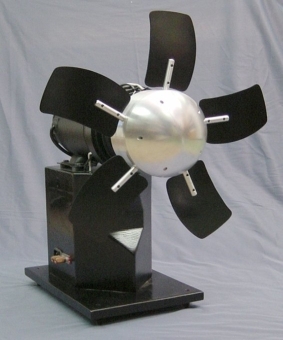
Ummm, they get used plenty in studios, not 90% like the OP claimed probably, but they crop up plenty. For example you see them in a little studio called Abbey Road, you might have heard of it. Studio One has 800Ds, Studio Two has Nautilus 801s, Studio Three has 800Ds. Same deal on the mastering side, lots of B&W kit. Now you can argue if that is the best choice or not, but trying to claim that it is "just marketing stunts" is silly. The gear is there full time, go look it up on their page, and Abbey Road is a place people go to make some really top notch works.
They might not be your thing, they aren't mine (too expensive for what you get) but trying to act like they are garbage and no real studio would use them is silly.
The main problem is that we do not know how to measure everything in audio yet - if it's going to be even possible to measure with traditional methods. You can have two amps that on paper and measurements seem identical but yet people hear a difference in the sound. And nyt: If you claim B&W 800D is a bad speaker, perhaps you need to get your hearing checked!
Theres really no point into comparing studio monitors, except to look at FR range. Its not like studio's just plug them in and go "ok guys, we will base all of our stuff on just these!" The first thing they do is EQ them flat, point at producer and go from there. Of axis in this case only matters to those who listen from the sides, the best these things really need is 15-20 degrees up to 14khz and you wouldn't tell the different.
Most of the time the speakers are given to them, free advertising!
No actually they are still in over 90% of classical studios.
That said just about ALL drivers that get higher in frequency have dispersion issues. Some more than others.
The graph you site is 90 degrees off a is which is unreasonable in any setup unless you are using a very carefully set up [edit (noticed my typo after I reread it. Curse my lack of proofing)]dipolar like Martin Logan[/edit]. And then they would have dips and peaks on the low end.
For any further response graph anything below 3dB you can't perceive. However the thd is very respectable and the break up frequency of the tweeter is higher than jbl actives.
And saying any brand is better than another is a bit of high nose snobberly. You NEVER get to say your speaker setup is better than another. It's always a personal pref based on your music choice room setup and how you like your music presented. Smooth versus forward. Punchy versus delicate. It's a lot like art. Not everyone's taste match.
I also cut them off at 80-100HZ and I use 2 Custom made sealed subs (a reputable member in AVS made them for me) that use 2X15" woofers each with a 5,000 Watts QSC amp + room correction software through J.River media center convolution. Here there are with serial numbers 0001 0002 and they are quite "odd looking". You can place a glass full of wine on them - crank them up at max and the glass will stay there. This pair is something I am never going to sell.
View attachment 106258
Here with the my old B&W 800Ds (they are passive but there is an active cooling system for the voice coils - pretty smart move by their designer)
Well the subs weigh 80Kg each and the reason you have no ramblings on them is because they use opposing drivers. Forces are canceled out. One woofer fires up and the other down at the bottom - it is also a sealed design.
Everything is custom in them (even the speakers were custom ordered and "binned". They go down to 10Hz outputting 120db IF you go the "Corner Loading" path and have a rigid room. It is a very special feeling in your vowels when movie scenes with such low passage are played.
I paid almos $10,000 for these to bring them from the US in Europe and they are really worth it.
But if you want to see extreme here is another one that goes down to 1Hz and its going to cost you $27,000 each.
View attachment 106361
Yes this is a subwoofer and uses servos that makes the blades shift as it rotates. It only goes up to 30Hz but the manufacturer suggests a crossover at 20Hz. It is actually a machine that makes you feel "terror" when cranked up according to those who have seen it.
Have a look at their site (old and??) at the news section to see some applications for this thing.
http://www.eminent-tech.com
Ermm...Dave did not nail me at all thank you very much I can check prices...my country customs plus shipping from the US did but money was not an issue then. Forget the prices you know in the US - it is totally different in Europe and we have a 24% VAT in my country now that is applicable even on shipping costs when importing.
120db @ 10Hz you do need that much gain (I agree) but I don't need 120db @ 10Hz - not anymore. Ok it's been 5 years since I did any measurements so unless I measure again I take this back.
Subwoofers from China??? Dave was not using such woofers on those to be honest (I remember the whole process) - and the active cooling is not required. They are working fine without it.
Anyway, you are welcome to discuss it with him on AVS. I repsect that you two do not get along very well.
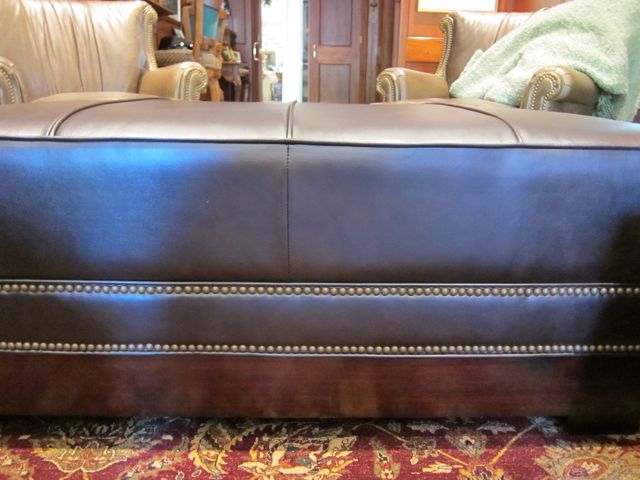
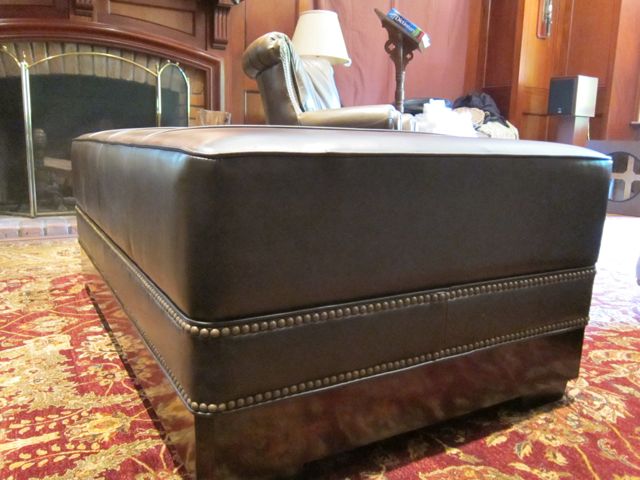

JargonGR - I'm sure shipping and taxe's were an arm and a leg and that's unfortunate. $10,000 is a lot of money for 2 dual opposed, but they look really nice.
I built 2 dual opposed 15's with MFW 15's from when AV123 went belly-up. I paid $75 for each driver and they sound great. Those 4 drivers blend really well with my Maelstrom 21" that I built into an ottman. They weren't as purdy has JargonGR's sub, but all in, including amps, I spent less than $2500.
View attachment 106449
View attachment 106450
The 21 vs 15".
View attachment 106451
You don't have to spend a lot of money to get good bass.
My next project will be 4 x 18" marty subs, well after I build my Statement II's.
You don't have to blow a lot of money on audio equipment to get great sound, but if you do and you can afford it and that's what you want and like then that's great. No criticism from me.
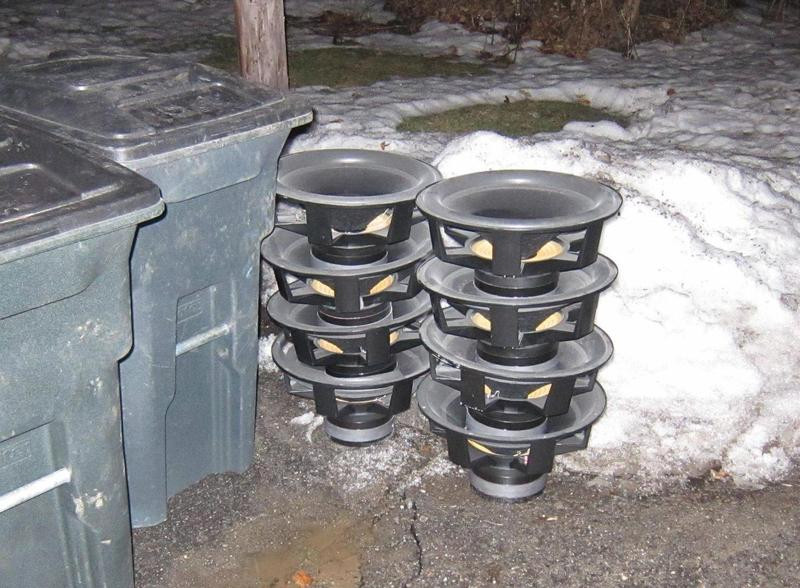

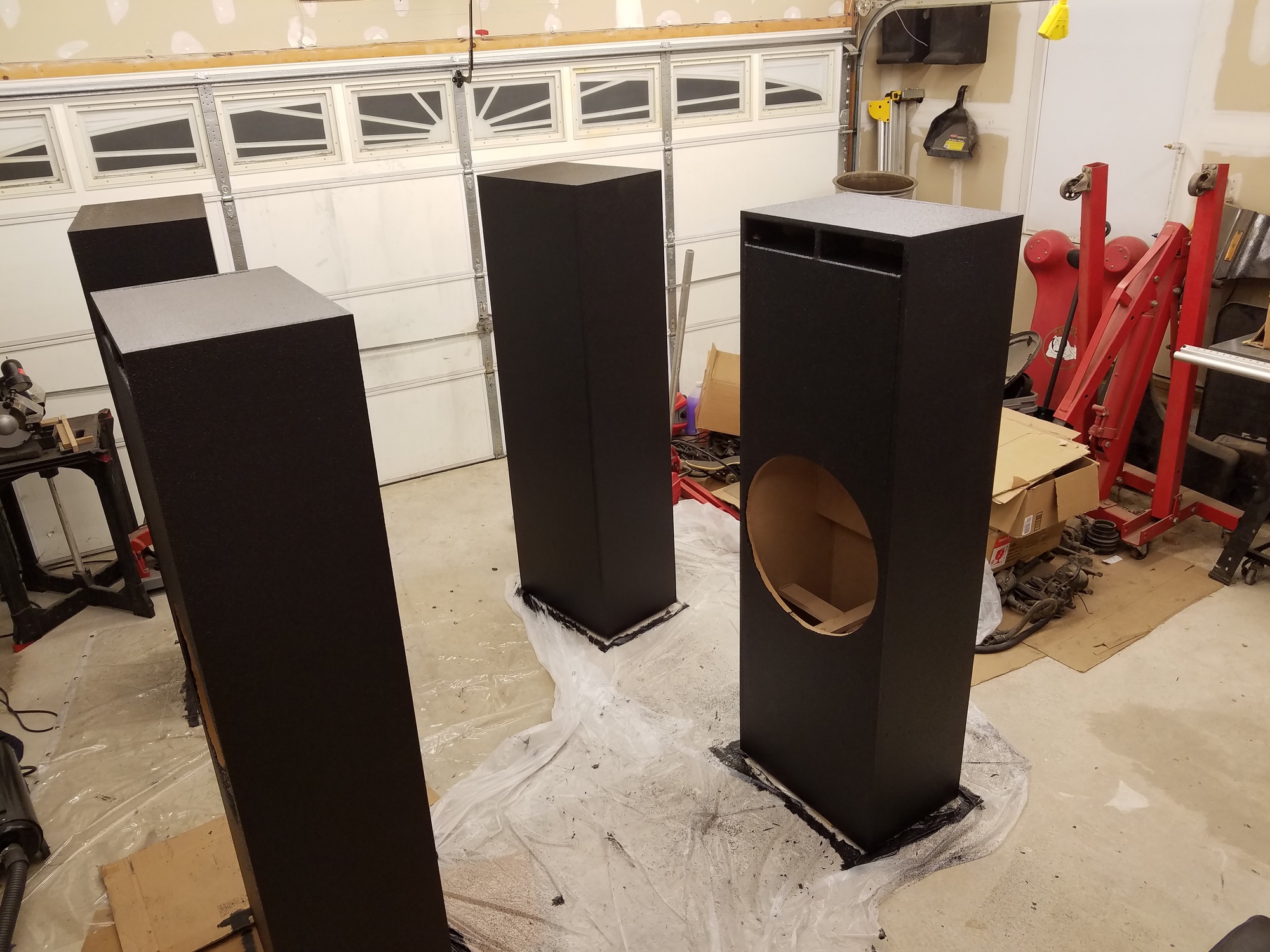

Where are you going to get cones from a bankrupt company?nyt Should have gotten those woofers reconed. I bet it wouldn't have cost very much compared to buying new subs and they would have literally been brand new again.
Man too much to delete lol. Anyways true, off axis response does sometime suffer poor response characteristics after EQ is applied (tho this mainly applies to increasing PEQ versus reducing) but if that were the case I’d just throw away the monitor. I’m not going to use it if I can’t EQ itThey're pretty bad. Great Abbey road uses it, but they're not in the majority of studios, not even close.
Maybe you need to read a little more on what makes a good speaker. Try the works of Olive and Toole. The 800D has bad on and off axis response and ranks low in blind testing for this reason.
Off axis matters to everyone in the room. The sound you hear is not just direct sound, though that's the most important part. If you just EQ a speaker flat, you may be making resonances and off axis response even worse. A speaker may measure flat on axis, but have bad off axis response, and you will hear that. Harman addresses this with their LSR waveguides in most of their modern studio speakers.
*CITATION NEEDED
They're really not. In the dozens of studios I've been in, I've yet to see anyone actually using them for mastering or production. Most places I know using them are used for listening after production is complete.
Direct radiators will have a narrowing bandwidth as frequency increases based on the diameter of the radiating area. The trick is using proper components, waveguides, and crossing at appropriate frequencies to keep the off axis response linear and as flat as possible. As you can see in the 800D off axis I posted earlier, it's anything but linear.
It's not just horrible at 90 degrees off axis. There's a huge off axis peak at around 5khz.
rofl, no.
Sure, there's taste, but there's also objectivity and accuracy, which your knowledge of is clearly lacking.
Dave is a hack. Not knocking your subs, but sonotube dual-opposed units are nothing new.
If you need active cooling on your coils, you're doing it wrong. But I guess that's what happens when you get cheap woofers from China
Wow, dave really nailed you in that deal. Sorry
120db at 10hz, you'd need at least 20-25db of room gain.....
Lol, rotary subs are not extreme. They're easily bested by conventional subs at a tenth of the cost with less space utilized. Their bandwidth is limited as is their output. Waste of time and money.
Lots of companies sell recones as most speakers aren't full custom. They might be custom as in picking magnet A, cone C, and voice coil D. But most are taking off the shelf parts and making their speakers.Where are you going to get cones from a bankrupt company?